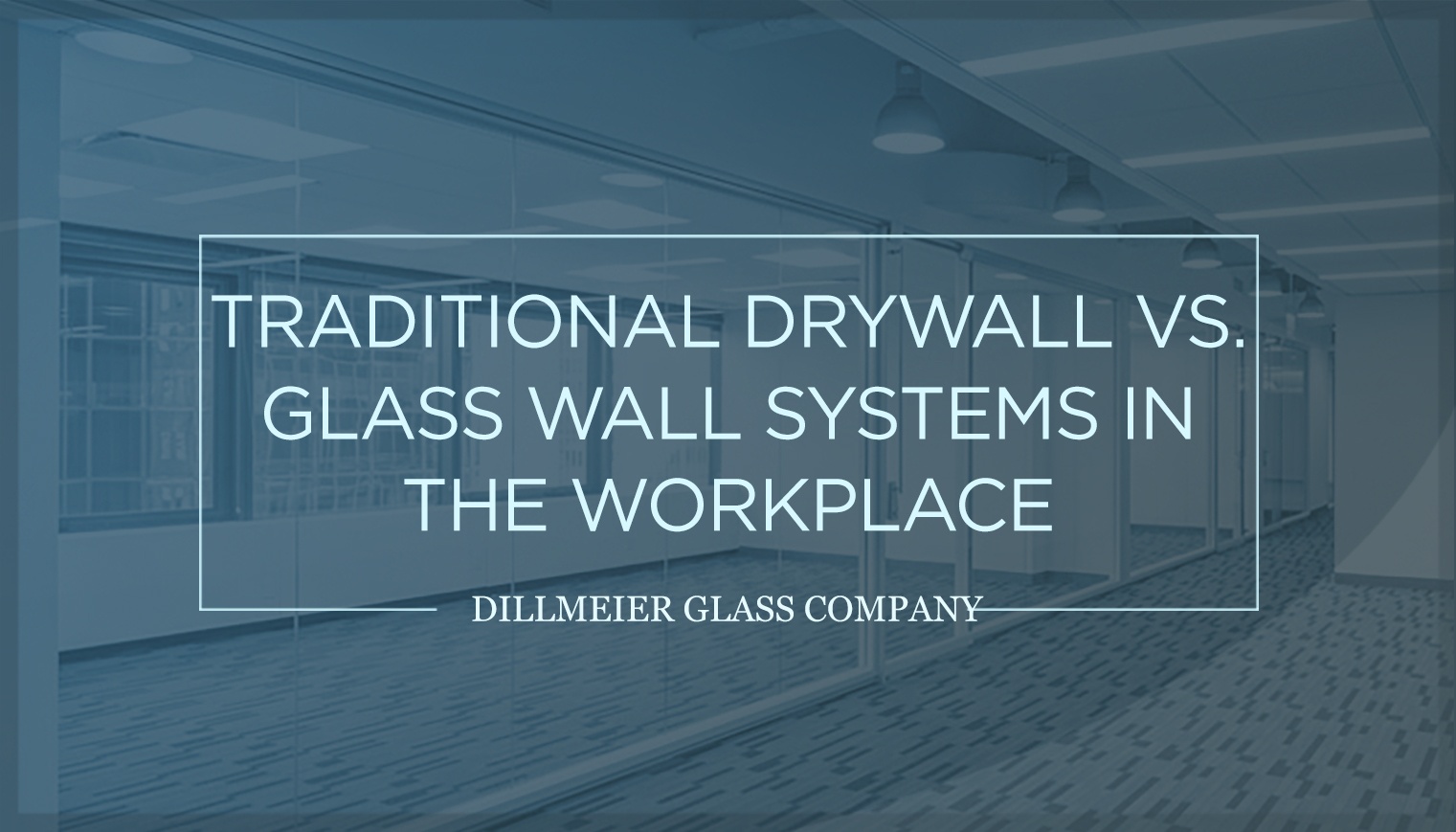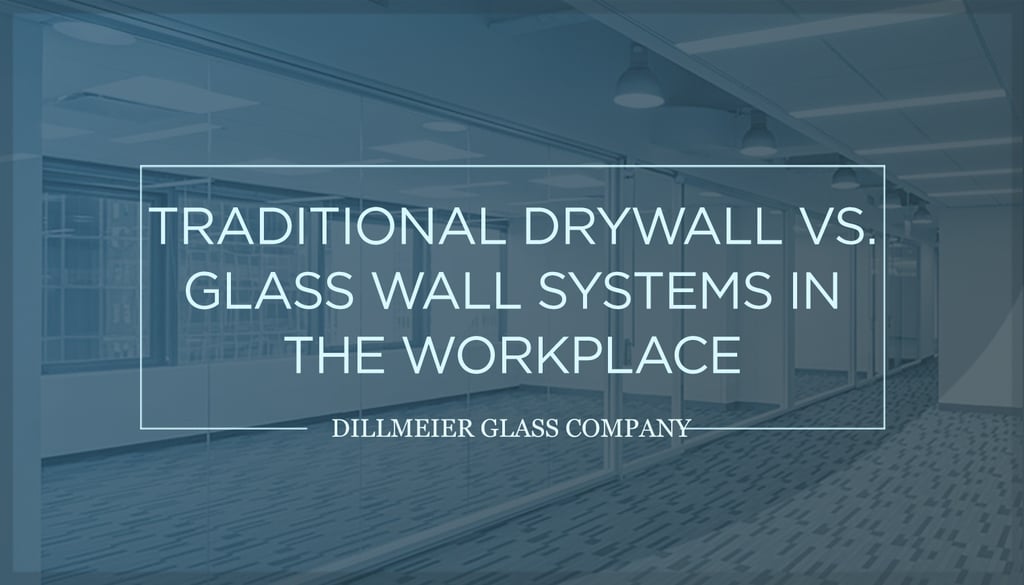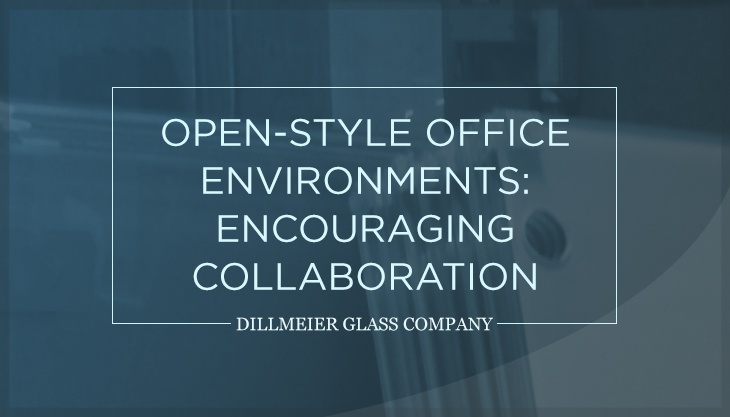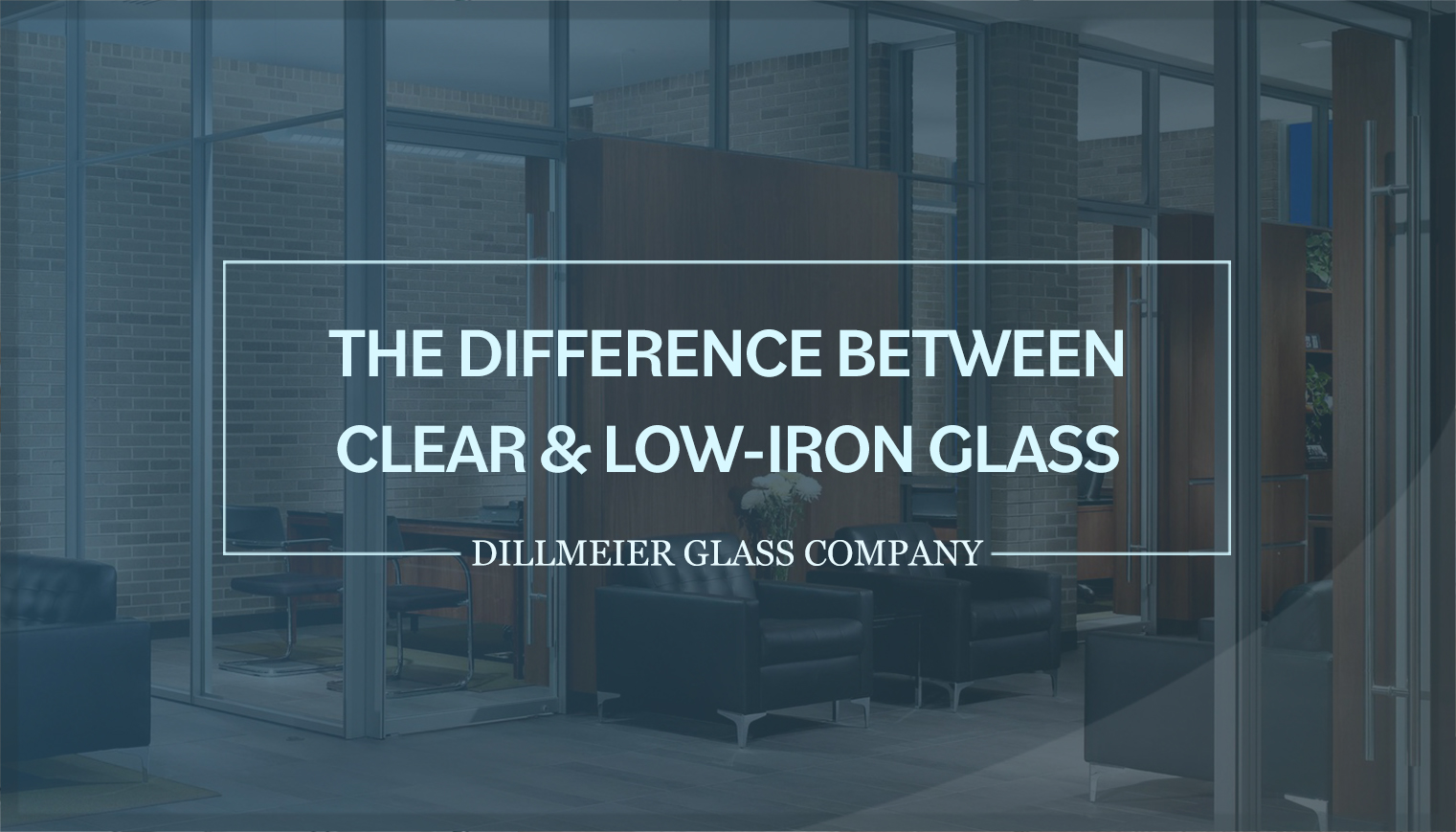Traditional Drywall vs. Glass Wall Systems in the Workplace

 Research companies are increasingly evaluating the workplace environment, determining how it may help or hinder productivity, inspire or discourage creativity, and boost or harm employee morale. This includes taking a close look at its design and overall atmosphere, too.
Research companies are increasingly evaluating the workplace environment, determining how it may help or hinder productivity, inspire or discourage creativity, and boost or harm employee morale. This includes taking a close look at its design and overall atmosphere, too.
Sapio Research, a consumer and B2B market research agency based in London, England, recently examined the relationship between someone’s well-being and his or her work environment in a report titled, Wellness Together.
“While there is no exact recipe for creating a successful business,” the report states, “new research suggests that successful companies have in common a wealth of elements that benefit their employees’ work environments.” These include: Movement, Lighting, Personal Storage, Noise and Acoustics, Air Quality, and Employee Empowerment.
Due to this heightened awareness regarding workplace atmosphere and employees, as well as constantly evolving office design trends, many of those in the construction industry are shifting away from traditional drywall and toward glass wall systems. While the former does have its benefits, the latter tends to possess more advantages, specifically those concerning light exposure, employee interaction, and aesthetics.
Here is some more information about both options:
Traditional Drywall
Traditional drywall is utilized in most commercial and residential interiors. However, they tend to require more time to install than glass wall systems. Plus, they are permanent until demolition, meaning they cannot be moved around to help re-configure an interior space. This makes them a less-versatile choice.
Traditional drywall does not have as many customization options as glass, either, a key component for contractors and architects whose clients are looking for unique designs that encompass their company’s personality.
With that said, for many people, using drywall in an office is an aesthetically pleasing choice. There may be more maintenance involved, however, than if the space primarily utilized interior glass walls.
Glass Wall Systems
While not a new office feature, glass wall systems have certainly increased in popularity in recent years, as corporate design trends call for more minimalism, simplicity and sophistication.
Not only do glass walls look beautiful and are recyclable, they can be good for employees' health, too, since they let in more natural light. As discussed in one of our previous posts about the benefits of glass office walls, exposure to more sunlight during the day—and thus, more vitamin D—improves a person’s sleep and overall quality of life.
Glass wall systems can be customized to meet an office’s individual dimensions and needs, as well. Some are actual walls, while others are demountable partitions that can be adjusted—literally breaking down the physical barriers between employees, and thus, encouraging collaboration.
Glass walls can also improve a workplace's acoustics, which is one of the components the aforementioned Sapio Research report focused on.
Interested in incorporating interior glass walls into your next corporate construction project? Contact the Dillmeier Glass Company to find out how we can help you bring your client's vision to life!


